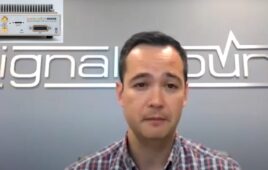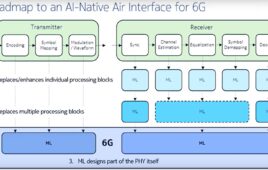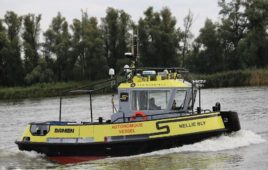In April 2018, Starship Technologies started transporting groceries to residents in Milton Keynes, U.K., from a co-op food store. A year later, the company has announced it has made more than 50,000 commercial deliveries with its autonomous robots. In total, the robo-deliverers have travelled more than 200,000 miles in more than 100 cities worldwide.
Lex Bayer, CEO of Starship Technologies, says, “Today is a significant milestone for Starship as we celebrate passing 50,000 deliveries with our autonomous robots. The popularity of our service continues, and we are delighted to be expanding to additional neighborhoods and university campuses across the world. It has been exciting to see the increase in ‘top up shopping’ by residents in Milton Keynes where they buy groceries on multiple occasions throughout the week now that they have the option of autonomous delivery.”
The self-driving robots can carry a maximum of 100 lb as they travel at walking speed within a 4-mi radius. Users submit their food orders through a smartphone app, where they can also monitor the entire process.
According to a Starship Technologies’ November 2018 blog post, the robots ditch expensive sensors (like lidar) and instead use radars, ultrasonics, and cameras to sense the world around them. Machine learning through neural networks processes the data for safe transit and object detection.
The company’s work in the U.K. bodes well for its U.S. expansion efforts. Last month in cooperation with Sodexo, Inc., autonomous robots delivered breakfast orders to Northern Arizona University students in Flagstaff, Ariz. Earlier this year in January, the two companies launched a robot food delivery service at George Mason University in Fairfax, Va.



